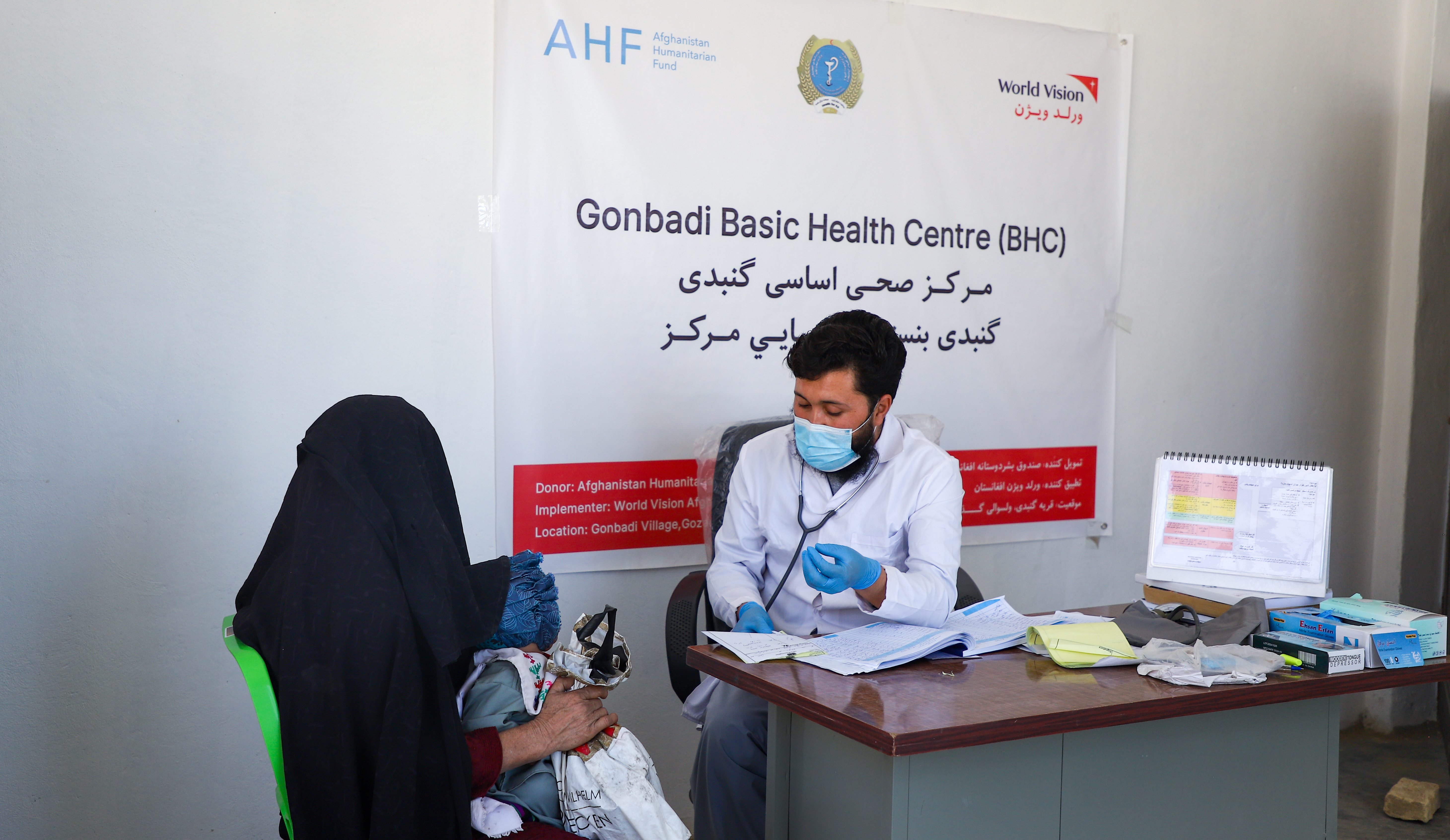A Lifeline for Children: Health and Hope in Rural Afghanistan
In a remote stretch of western Afghanistan, where dirt tracks vanish into hills, families have long lived with the fear of what might happen when someone falls ill.
The nearest health facility was hours away, and the journey—especially in winter—often meant trudging along snow-covered roads or jolting for miles on a motorbike, clutching a sick relative close.
The consequences were devastating for those who couldn't afford motorcycles, donkeys, or expensive rented vehicles. 26-year-old Abdulrazeq, father to 13-month-old Mahdi, vividly remembers the feeling of helplessness.
“In the middle of the night, if someone got sick, we could only wait for morning,” he recalls, sitting on a green chair with Mahdi nestled in his arms. “No one in our village owns a car—not even in the neighbouring villages. In winter, the suffering was the worst.”
Motorcycles aren't reliable. “Imagine riding with a feverish child, the bike stalling halfway, with icy wind and snow lashing your face,” he says. “If the bike broke down, the sick person would be stranded. In the summer heat or winter snow, it was unbearable.”
For years, the lack of healthcare meant mothers were giving birth at home without skilled help. Children were dying from curable fevers, or their injuries were left untreated.
The closest hospital was a one-and-a-half-hour motorcycle ride away—if the weather allowed the journey. Families often had to borrow money to rent a car from the city, plunging themselves into debt just to save a loved one.
Everything changed when a new health centre was established under World Vision Afghanistan’s Enhancing Access to Humanitarian Health Assistance in Underserved Districts of Herat and Ghor Provinces project.
Funded by the Afghanistan Humanitarian Fund (AHF), the once-disused and silent compound on the edge of the village now hums with life. Mothers line up for check-ups, children wait for vaccinations, and men sit patiently as community health promoters speak with them.
The clinic offers free outpatient services, maternal care (including antenatal, postnatal, and delivery), nutrition support for women and children, vaccinations, mental health services for all, and health education.

“We see more than 60 patients a day,” says Dr. Walidad, the 29-year-old physician leading the clinic. His desk piles high with medical files, while in the waiting room, a mother gently rocks her crying child.
“Most come with nutrition-related issues, seasonal diseases, or complications from poor water quality. Before this clinic, some children and mothers didn’t survive,” he says.
For Abdulrazeq, the clinic was a lifeline when tragedy nearly struck. Mahdi had pulled a cup of hot tea onto himself, his tiny leg instantly blistering. “We were frantic,” he recalls. “Mahdi was screaming, my wife was crying, and I felt helpless. Then I remembered the clinic. We wrapped him in a cloth and ran.”
Mahdi received immediate care at the clinic. The doctor cleaned and dressed his wounds, and slowly the little boy’s cries gave way to quiet whimpers, before finally fading.
“He calmed down after the treatment,” says Abdulrazeq. “We brought him back for a second visit. If this clinic hadn’t been here, he would have suffered terribly. But now he’s completely healthy.”
For families like Abdulrazeq’s, who once lived in fear of illness, the clinic has brought more than medicine—it's restored hope and given children the chance to grow up healthy.
“We are 15 people in our household, and 13 of us have received treatment or care here,” he says. “Children are fragile. If they don’t get help quickly, the whole family suffers.”
Looking across the courtyard of the new centre, Abdulrazeq’s voice softens. “When I heard a clinic was being built here, I couldn’t believe it. We’ve never had anything like this in our village. It has changed our lives. We don’t have words to thank the doctors.”